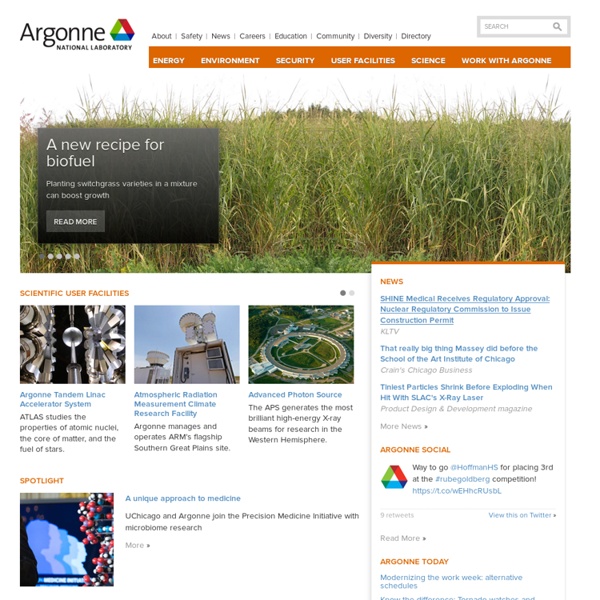



Welcome | CSEP Center for Science and Engineering Partnerships Center for Spintronics and Quantum Computation News & Events | Institute for Molecular Engineering The Center for Nanoscale Materials at Argonne National Laboratory As the institute grows and expands, it will increasingly host workshops, colloquia, conferences, and other events. Upcoming Events University of Chicago's Tirrell to deliver Kurt Wohl Memorial Lecture Where: 102 Colburn Laboratory, University of Delaware, Newark, NJ, USA When: 10AM, April 5, 2013 Website: BIO International Convention Where: Chicago, USA When: April 22 - 25, 2013 Website: 7th International School and Conference on Spintronics and Quantum Information Technology (SPINTECH VII) When: July 29 – August 2, 2013 Website: Abstract submission deadline: March 29, 2013 Spintech VII will highlight fundamental physical phenomena related to spin-dependent effects in condensed matter and advances in the development of new spintronic materials, structures, and devices, including quantum information science and concepts. Past Events
I2C Innovation Challenge Spatial History Project The Spatial History Project at Stanford University, a part of the Center for Spatial and Textual Analysis (CESTA), is made possible by the generous funding of the Vice Provost for Undergraduate Education (VPUE), DoResearch, The Andrew W. Mellon Foundation, and The Wallenberg Foundation Media Places Initiative. The Spatial History Project at Stanford University is a place for a collaborative community of students, staff, and scholars to engage in creative spatial, textual and visual analysis to further research in the humanities. We are part of the Center for Spatial and Textual Analysis (CESTA) along with Humanities+Design and the Literary Lab on the top floor of Wallenberg Hall. We continually seek fruitful collaborations with faculty at Stanford and beyond, and hire motivated students year round.
Stanford Literary Lab KIAS